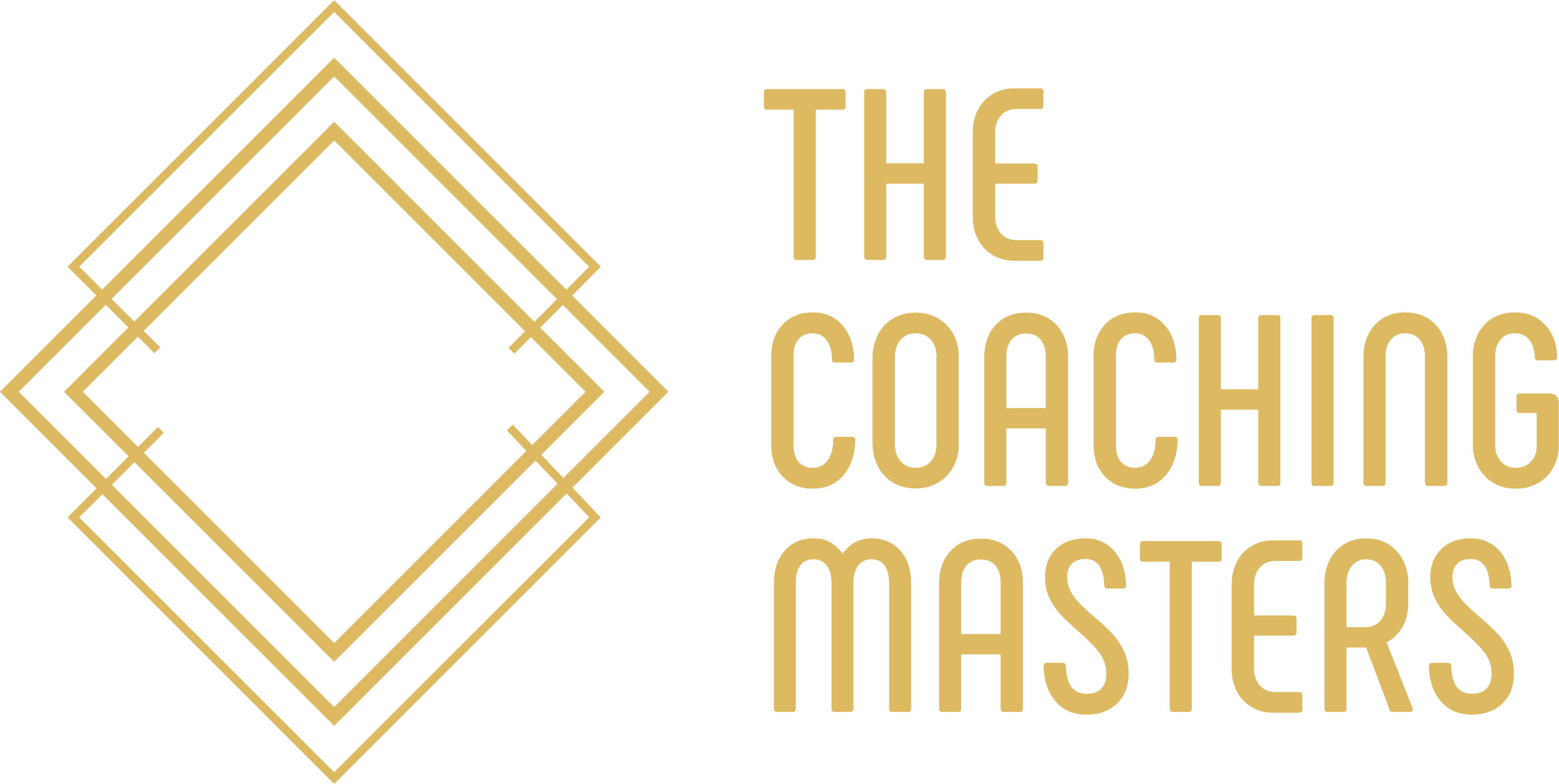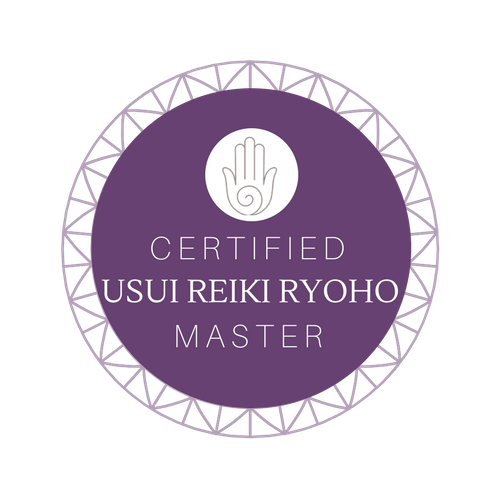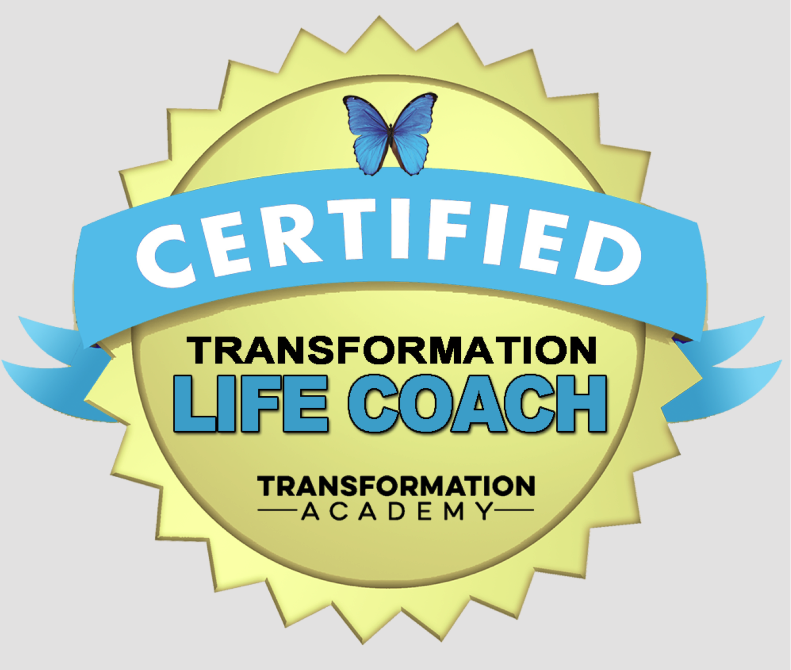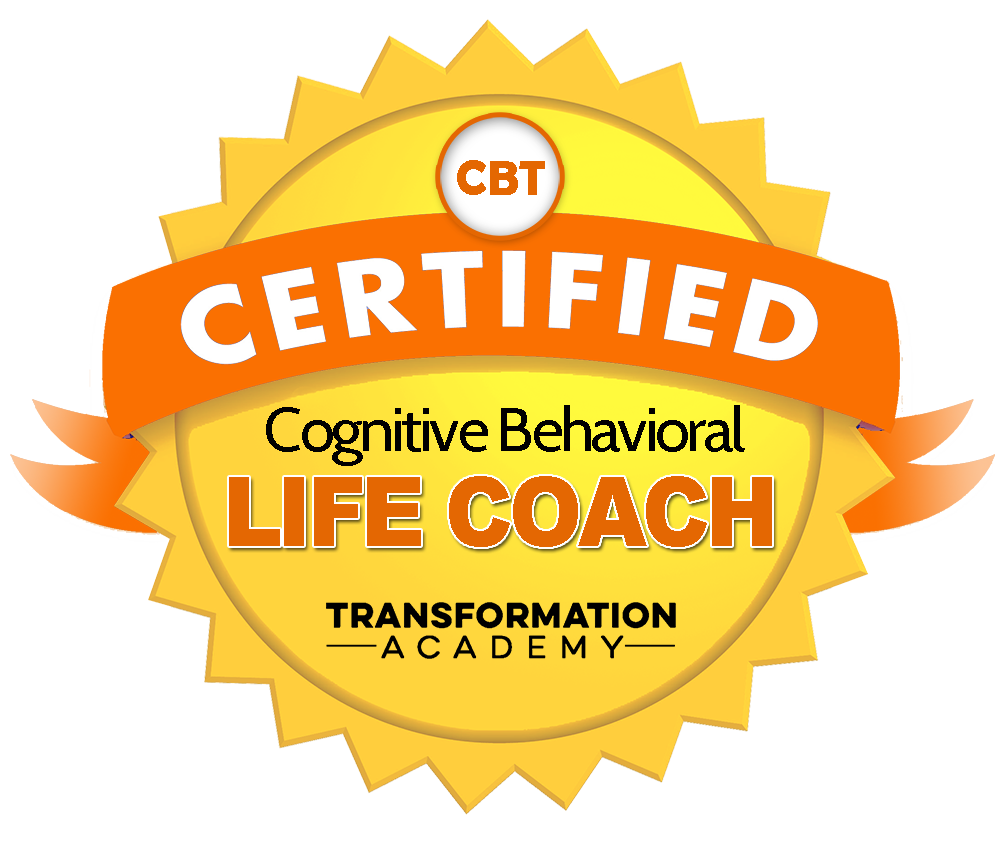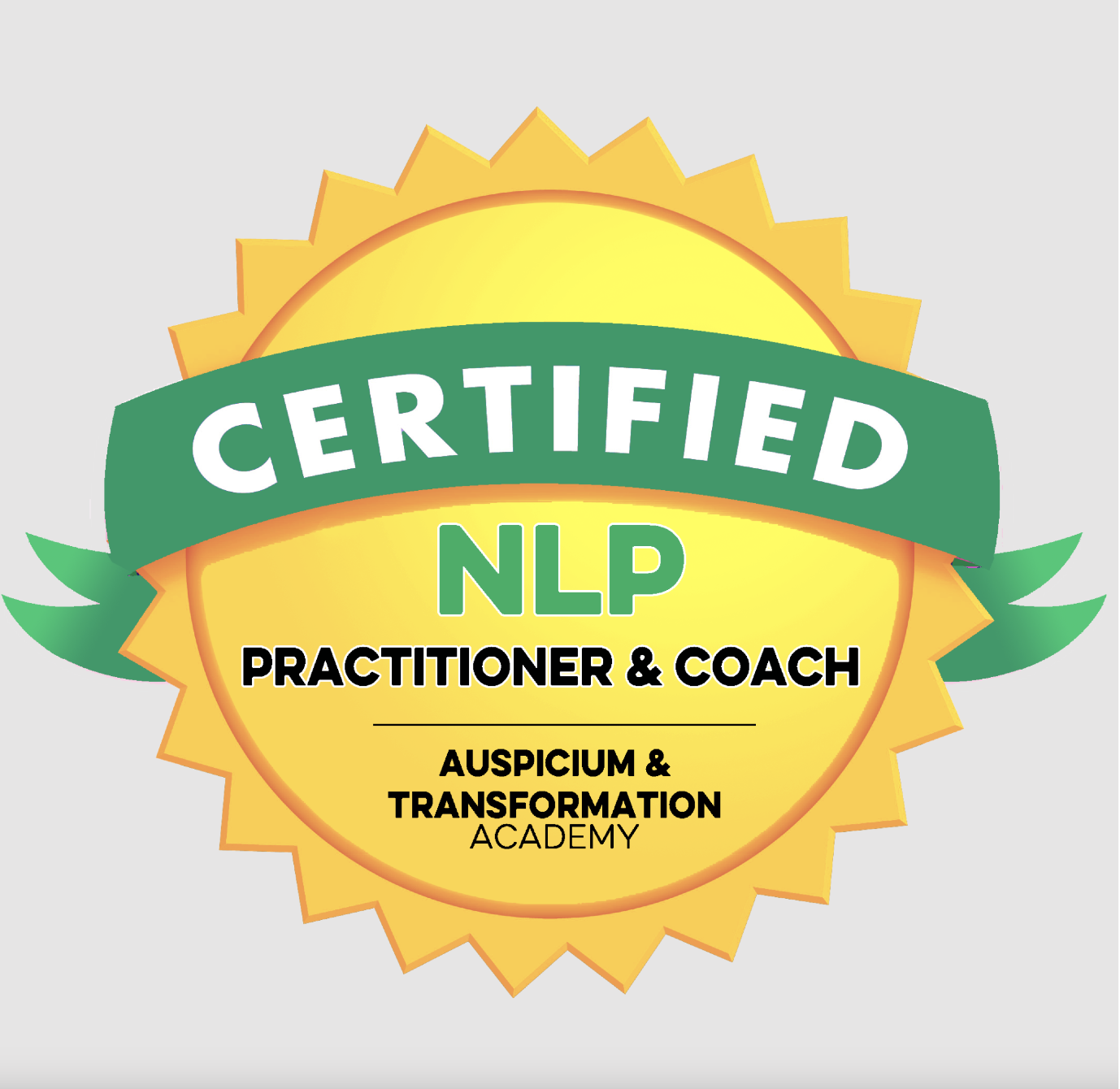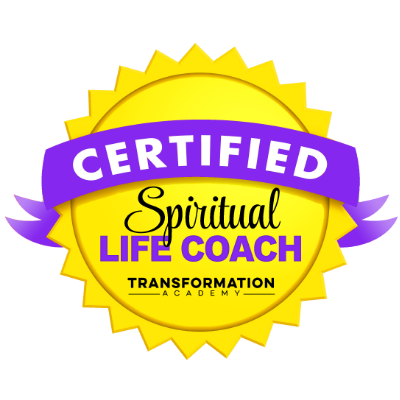A Guide To Chakras
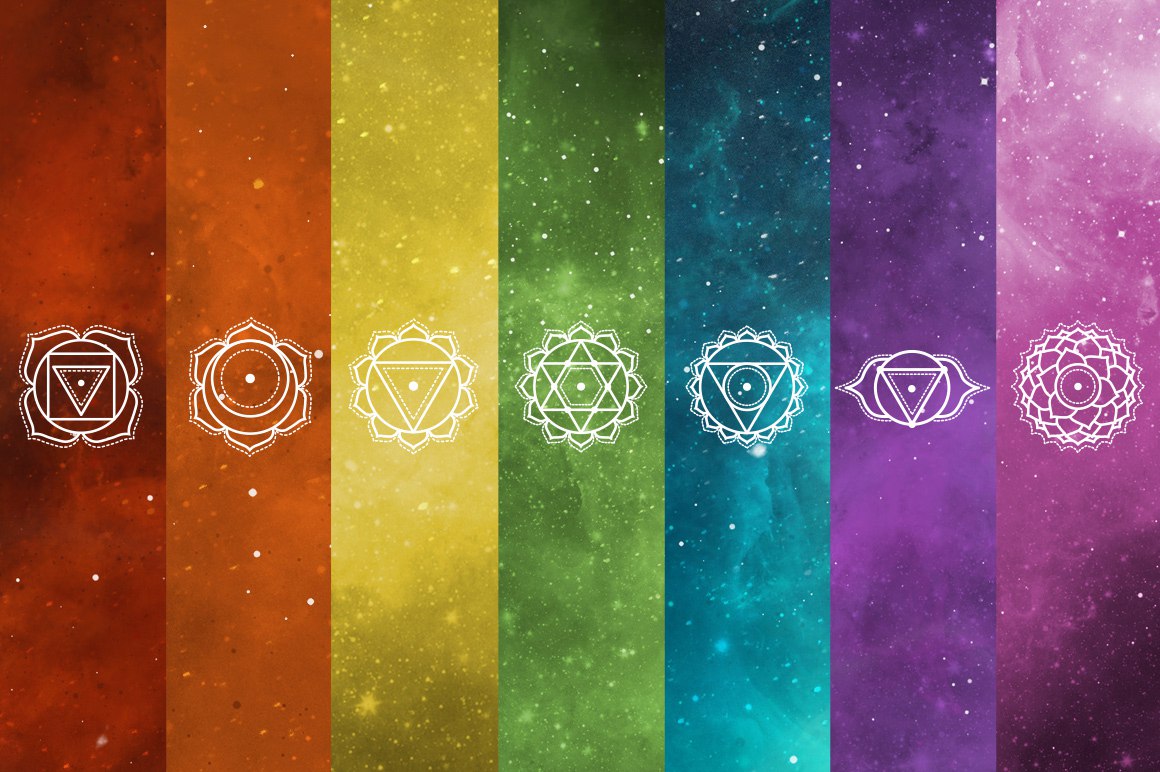
What are Chakras?
Chakras are the energy centres of the body. They are located in the astral body, along the spine, starting at its base and running upwards to the crown of the head. The astral body is the energy body residing inside our physical body. Each physical body part has a corresponding astral body part. The astral body cannot be seen or touched. This is also a reason why we cannot see the chakras.
The chakras radiate a specific colour and energy, and each one coincides with a gland in the physical body. Since each chakra relates to specific spiritual, emotional, psychological, and physical aspects of our being, it is believed that their blockage or malfunction can lead to physical, psychological and emotional disorders. The conscious awareness and balancing of these energy centres, on the other hand, is believed to lead to well-being and good health.
And that is one of the purposes of yoga. Yoga seeks to stimulate and balance these chakras or energy centres in the body through asana practice.
What is the shape of a chakra?
There are many myths about the shape of the chakras. Some say they are like whirling discs, while others believe they are like flowers hanging from the spine. Some people even think that they resemble an ice cream cone! All these different ideas exist simply because the chakras cannot be seen by the eyes or any device. So, we tend to believe whatever becomes commonly circulated.
The ancient scriptures say a chakra is shaped like a sphere or a ball. It is even believed that planet Earth is a major chakra of the solar system and a minor chakra of our galaxy, the Milky Way. It rotates to distribute some energy, but knowing more about this remains beyond the scope of the human imagination.
What is the size of a chakra?
Some people say that chakras are one foot in radius, while others say that they change their size according to the energy flow. Scriptures, on the other hand, tell us that the chakras are very small, as they are located in the astral spinal cord, which is further located inside the physical spinal cord.
Types of Chakras
Mostly, we hear about the ‘seven chakras’ but, there is an infinite number of chakras in the human body. A specific vibration, colour, and sound are associated with all 7 chakras. Depending on whether these energy centres are healthy or blocked, you may experience different attributes of your physical, mental, and emotional health.
1. Muladhara Chakra – Root Chakra
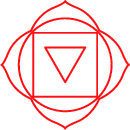
Colour – Red; Element – Earth
The Muladhara Chakra is located at the base of the spine, between the anus and the genitals. It is characterized by the emotions of survival, stability, ambition, and self-sufficiency. When this chakra is out of balance, a person starts feeling unstable, ungrounded, lacking ambition, lack of purpose, fearful, insecure and frustrated. However, when the root chakra is in balanced, these are replaced by more positive emotions, and you feel more stable, confident, balanced, energetic, independent, and strong.
he seed mantra (beej mantra) of Muladhara Chakra is ‘Lam’.
Practicing the following postures helps to balance Muladhara Chakra: Tree Pose (Vrkshasana) and Mountain Pose (Tadasana).
2. Svadhishthana Chakra – Sacral Chakra

Colour – Orange; Element – Water
The Svadhishthana Chakra is located in the lower abdomen, about four fingers below the navel. Its attributes include the basic need for sexuality, as well as creativity and self-worth. When the sacral chakra is imbalanced, a person may feel emotionally explosive and irritable, sense a lack of energy and creativity, feel manipulative, or obsessed with sexual thoughts. When balanced, it makes one feel more vibrant, happy, positive, satisfied, compassionate, and intuitive.
The seed mantra (beej mantra) of Svadhishthana Chakra is ‘Vam’
You can work on balancing Svadhishthana Chakra by practicing balancing poses like Crow Pose (Kakasana) or standing poses like Triangle Pose (Trikonasana)
3. Manipura Chakra – Solar Plexus Chakra
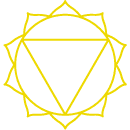
Colour – Yellow; Element – Fire
The Manipura Chakra is located at the solar plexus, between the navel and the bottom of the rib cage. It is characterized by emotions like ego, anger, and aggression. An imbalance of the solar plexus chakra can manifest physically as digestive problems, liver problems, or diabetes. On an emotional level, one might struggle with depression, lack of self-esteem, anger, and perfectionism. By balancing this chakra, we feel more energetic, confident, productive, and focused.
The seed mantra (beej mantra) of Manipura Chakra is ‘Ram’.
Working on Manipura Chakra can be done in poses like Classical Forward Bend (Paschimottanasana), Classical Cobra Pose (Bhujangasana), and Bow Pose (Dhanurasana).
4. Anahata Chakra – Heart Chakra
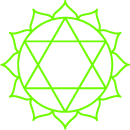
Colour – Green; Element – Air
As the name implies, the Anahata Chakra is located in the heart region. This chakra is the seat of balance, and it is characterized by emotions of love, attachment, compassion, trust, and passion. When the heart chakra is imbalanced, a person may deal with emotional issues like anger, lack of trust, anxiety, jealousy, fear, and moodiness. By harmonizing this energy centre, a person begins to feel more compassionate, caring, optimistic, friendly, and motivated.
The seed mantra (beej mantra) of Anahata Chakra is ‘Yam’
Heart Chakra can be balanced by practicing poses like Half Bridge Pose (Ardha Setubandhasana), and Fish Pose (Matsyasana).
5. Vishuddha Chakra – Throat Chakra
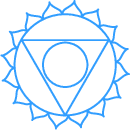
Colour – Blue; Element – Space
The Vishuddha Chakra is located at the base of the throat, coinciding with the thyroid gland. It is associated with inspiration, healthy expression, faith, and the ability to communicate well. A blockage in the throat chakra may be experienced as timidity, quietness, a feeling of weakness, or the inability to express our thoughts. When this chakra is balanced, it enables creativity, positive self-expression, constructive communication, and a sense of satisfaction.
The seed mantra (beej mantra) of Vishuddha Chakra is ‘Ham’.
Throat Chakra is stimulated in poses like Shoulder stand (Sarvangasana) and Plough Pose (Halasana).
6. Ajna Chakra – Third Eye Chakra
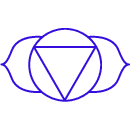
Colour – Indigo; Element – None
The Ajna Chakra (pronounced as ‘Agya Chakra’) is located between the eyebrows. Also known as the Third Eye Chakra, it is often used as a focal point during asana practice to develop more concentration and awareness. It is said that meditating upon this chakra destroys the karma of past lives and brings liberation and intuitive knowledge.
Its attributes are intelligence, intuition, insight, and self-knowledge. When imbalanced, it may make you feel non-assertive and afraid of success, or on the contrary, it can make you more egotistical. An imbalance can manifest as physical problems like headaches, blurry vision, and eye strain. When this chakra is active and balanced, a person feels more vibrant and confident, both spiritually and emotionally. In the absence of the fear of death, one becomes his own master and remains free of all attachment to material things.
The seed mantra (beej mantra) of Ajna Chakra is ‘Om’.
Ajna Chakra is stimulated when practicing Headstand (Shirshasana).
7. Sahastrara Chakra – Crown Chakra
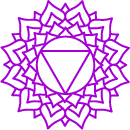
Colour – Violet/White; Element – None
The Sahastrara Chakra is located at the crown of the head. The seventh chakra is the centre of spirituality, enlightenment, and dynamic thought and energy. It allows for the inward flow of wisdom and brings the gift of cosmic consciousness. When it gets imbalanced, one might suffer from a constant sense of frustration, melancholy, and destructive feelings.
The seed mantra (beej mantra) of Sahastrara Chakra is ‘Aum’
Balancing Sahastrara Chakra can be done by practicing Headstand (Shirshasana).
Chakras and Health
Chakras are associated with the organs and glands of the particular region where they are located. As such, they have a strong bearing on our health, our mind state, and our relationship with others. Based on various factors such as our lifestyle, environment and surroundings, past experiences, etc, the chakras can either be balanced or imbalanced. If a chakra is imbalanced, it goes into either a hypoactive or a hyperactive mode. A hypoactive or blocked chakra’s functioning is either insufficient or reduced. Likewise, a hyperactive chakra means there is too much energy flowing into that particular region, and as such, there is an imbalance in the overall flow of energy throughout the body.
Since chakras are interrelated, when one of them is imbalanced, it causes a disturbance in the functionality of the other chakras as well. This makes people feel disconnected, anxious, and fearful, and it also manifests as health problems in one or more areas of the body.
To function at their best, your chakras need to be balanced. For this, you need to know what the chakras do and what are some of the things you can do to take care of them.
Function and importance of the chakras
The chakras act as distribution centres. They distribute the five pranas to their associated local regions. For example, the root chakra will distribute the ‘apana prana’ to the pelvic region and provide energy for the organs in this region. When a chakra is blocked or not functioning properly, this distribution pattern gets disturbed, and physical or psycho-emotional/energy issues arise.
Click the link below to book your free clarity call or free virtual coffee chat.
Grab a copy of our newletter by completing the form below, this will then be sent to your inbox every month.
My Affirmation For The Week
"To draw, you must close your eyes and sing."
